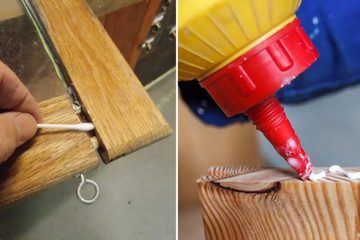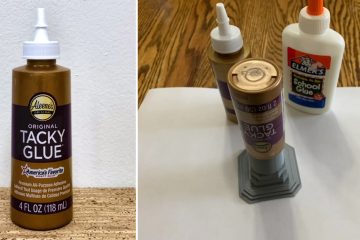You’re relaxing on the couch when your furry feline friend saunters over, purring for attention. But as you reach out to stroke her soft coat, your heart sinks – sticky glue residue has matted her usually silky fur. You’ve discovered the aftermath of her latest escapade – investigating the fly trap you set out to catch those pesky bugs. Suddenly, those innocent curiosities seem far less endearing. Don’t panic – we’ve got the solution on how to get fly trap glue out of cat hair.
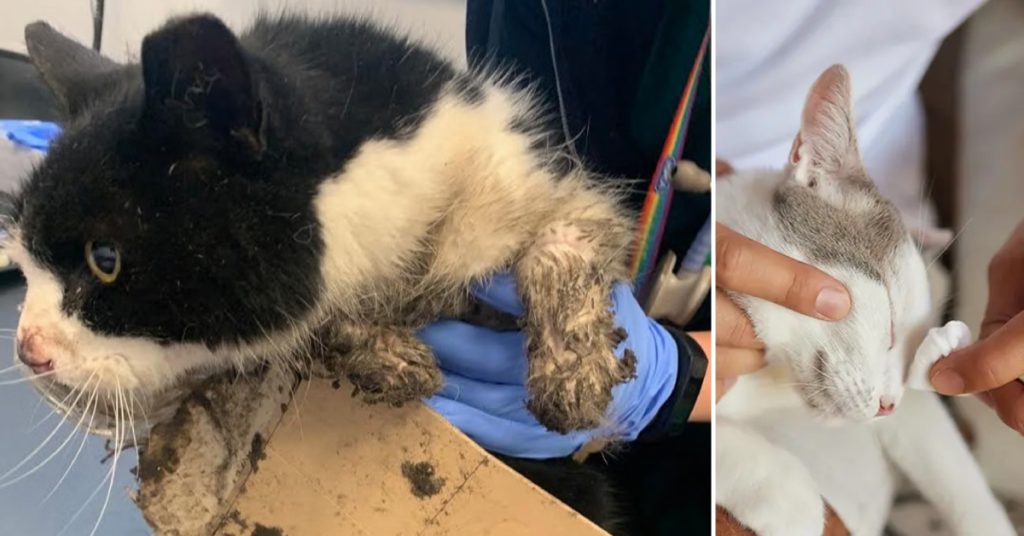
Key Takeaways:
- Flytrap glue can be hazardous if ingested by cats
- Avoid harsh chemicals or force when removing glue
- Use gentle methods like vegetable oil, soap, and water
- Preventative measures are key to avoiding future mishaps
Understanding Fly Trap Adhesives
Those sticky spirals or ribbons on fly traps work by using a powerful adhesive blend, often rosin or mineral oil-based. While these may seem like household staples, they can wreak havoc on a cat’s coat if ingested or spread through grooming. As cat owners know all too well, dislodging that goop without irritating delicate skin is no simple feat. Brute force solutions like pulling or harsh chemicals are off-limits – but have no fear, gentle strategies are here.
Preparing for Safe Glue Removal
First, gather your supplies: a bottle of vegetable oil (olive oil works too), a grease-cutting dish soap like Dawn, plenty of clean towels or rags, and a trusty fine-toothed comb. Next, calmly secure your fur-baby – wrapping in a towel like a ‘purr-ito’ may assist if they’re wiggly, but offering treats for sitting still often does the trick.
3 Easy Step-by-Step Process for How to Get Fly Trap Glue Out of Cat Hair
Here are the three steps for how to get fly trap glue out of cat hair:
Step 1: Assess the Situation
The first step is to determine if the sticky substance is still wet or has dried. Dried glue is much easier to remove – simply take a pair of scissors and snip off the offending goop, being very careful not to nick the skin. If the glue has dried on the paw/leg area, add a dab of unscented hand lotion or coconut oil and gently work it into the area with your fingers.
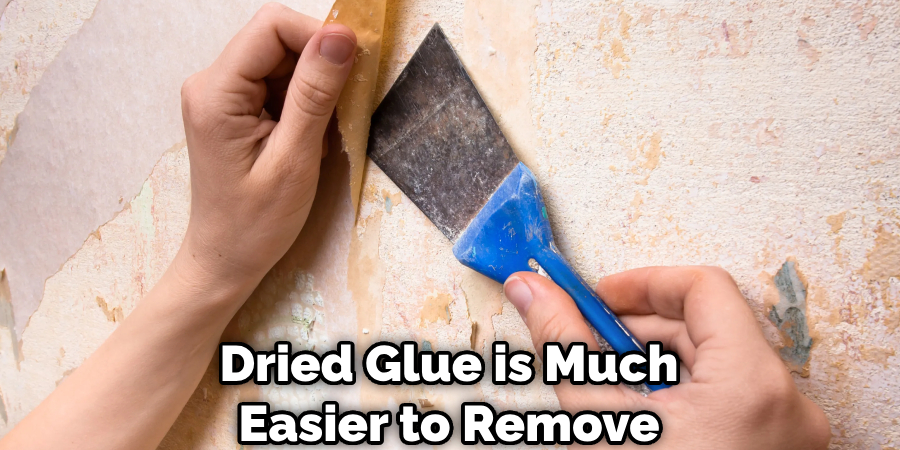
Step 2: Gently Remove with Soap and Water
For wet, gooey glue, it’s best to let it dry first before attempting removal. Once dried, add some warm water and a dab of unscented soap (like Dawn or Ivory) and gently work the area with your fingers. Scrub gently in a circular motion. The soap will help break down the dried adhesive.
Step 3: Rinse and Repeat
Rinse thoroughly with warm water to remove any soap residue. You may need to repeat Steps 2-3 a couple of times to get it all off. Be patient and take breaks as needed.
That’s it! No need for harsh chemicals – just some gentle soap and warm water will do the trick. Of course, if you ever have any doubts, don’t hesitate to take your furbaby to a vet for professional assistance. They’re the experts on all things cat!
What About Stuck Skin or Paws?
If a furry friend’s skin or paw pads have hardened glue spots, soak them with oil and let it fully penetrate before gently lifting them off. Check for any irritation and lavish their paw with Vitamin E oil or anti-bacterial ointment if needed.
Post-Removal Tips
To wrap up, thoroughly towel dry that lustrous mane, getting between all those freshly de-glued strands. Offer a tasty treat as a reward for your trooper’s patience. Now you can both snuggle up, blissfully glue-free!
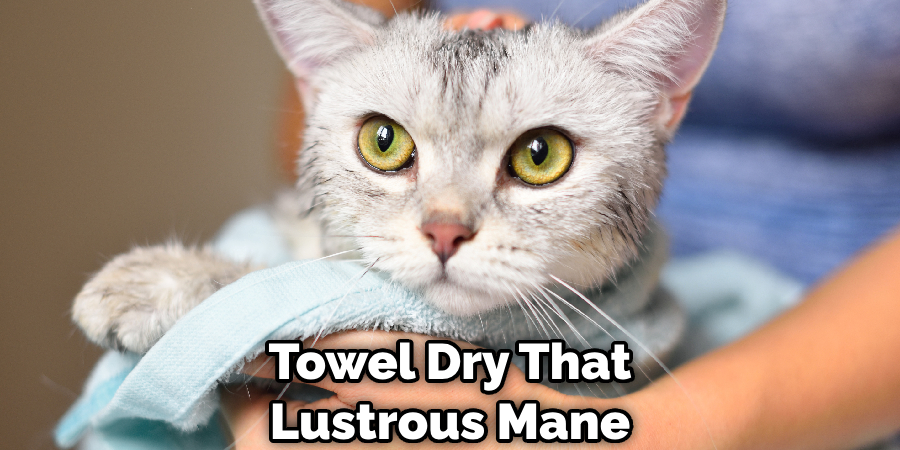
Like professionals, keep monitoring for any residue or excessive licking – consult your trusty vet if concerns arise.
Preventing Future Fly-Trap Fiascos
While fly traps serve a purpose, those sticky spirals can spell hair-raising disasters for cats. Stick to pet-friendly alternatives like vinegar traps or natural options for your home. Or better yet, keep an open window nearby – that cool breeze often does the trick!
FAQs About How to Get Fly Trap Glue Out of Cat Hair
Is Fly Trap Glue Poisonous to Cats?
Yes, fly trap glue can be toxic to cats if ingested. The glue is designed to trap insects and can be harmful if a cat comes into contact with it and swallows it. It’s crucial to keep fly traps and any other potentially toxic substances out of reach of pets to prevent accidental ingestion and potential poisoning. If you suspect your cat has ingested fly trap glue or any other toxic substance, it’s best to contact your veterinarian or a poison control hotline for guidance.
What Dissolves Fly Trap Glue?
You can dissolve fly trap glue using methods like applying vegetable oil or cooking oil, using rubbing alcohol, soaking the affected area in warm, soapy water, or using commercial adhesive removers specifically designed to break down adhesives without damaging surfaces. Always test any method on a small area first to avoid causing damage to the surface.
Conclusion
This epic journey proved your love and resilience for your furry family truly knows no bounds. Just think twice about leaving those pesky traps scattered about – your cat’s coat may never be the same!
